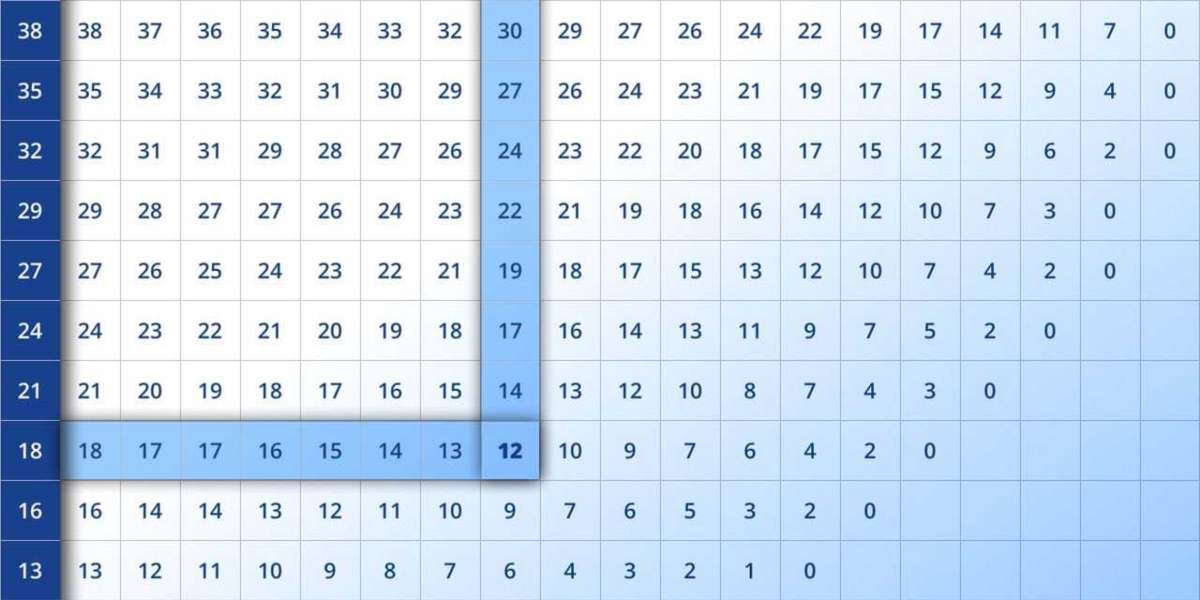The dew point is an essential concept in meteorology, indicating the temperature at which air becomes saturated with moisture, leading to condensation. The dew point chart helps people understand this phenomenon and its implications for weather, comfort, and even various industrial processes. In this article, we will explore the dew point chart, how to interpret it, and why it's such a crucial part of weather forecasting and environmental management.
What is the Dew Point?
Before diving into the specifics of a dew point chart, it's important to understand what the dew point itself is. In simple terms, the dew point is the temperature at which air becomes saturated with water vapor. When the air temperature drops to the dew point, the moisture in the air starts to condense into water droplets, creating fog, dew, or even frost under certain conditions.
The dew point is affected by the amount of moisture present in the air. The higher the moisture content, the higher the dew point. Conversely, dry air will have a lower dew point. This is why the dew point is a better indicator of humidity than the actual air temperature.
How the Dew Point Relates to Weather
The dew point has a significant impact on weather and climate. It can influence the formation of clouds, precipitation, and even fog. Meteorologists use the dew point to predict how humid the air feels, how likely it is for clouds or rain to form, and even how comfortable or uncomfortable the weather will be for people.
Higher Dew Point (Above 60°F/15°C): A high dew point indicates high humidity levels, which can make the weather feel hotter than it actually is. For example, if the air temperature is 85°F (29°C) but the dew point is 70°F (21°C), it will feel like 95°F (35°C) due to the excessive moisture in the air. High dew points are common in tropical and subtropical climates.
Lower Dew Point (Below 40°F/4°C): A lower dew point signifies dry air with little moisture. The weather will feel cooler and more comfortable, and there is less chance of rain. A dew point below freezing (32°F/0°C) means that the air is dry, and any condensation that forms will freeze into frost.
The Importance of Dew Point in Daily Life
Comfort and Health
The dew point plays a crucial role in determining how comfortable or uncomfortable the weather feels. For example, when the dew point is high, people often feel sticky and sweaty because the air is saturated with moisture, preventing sweat from evaporating and cooling the body efficiently. This is particularly important in hot summer months.
On the other hand, a low dew point indicates dry air, which may make the weather feel cooler than it is. In extremely dry conditions, such as in deserts, a low dew point can lead to dehydration, as the air rapidly draws moisture from the skin.
Agriculture and Horticulture
Farmers and gardeners pay close attention to dew points because they can indicate the likelihood of frost or moisture. For instance, a dew point near or below freezing (32°F/0°C) can signal that frost is likely to form, which could damage crops. Conversely, knowing the dew point can help anticipate the need for irrigation or adjusting greenhouses' conditions to maintain the health of plants.
Aviation and Transportation
In aviation, the dew point is critical for pilots. A high dew point combined with low cloud cover can create poor visibility and even fog, which can impair flight safety. Similarly, on roads, the dew point can affect the formation of frost or ice, which can lead to hazardous driving conditions. Understanding the dew point helps in making decisions regarding travel and safety measures.
How to Read the Dew Point Chart
A dew point chart typically displays a relationship between temperature and relative humidity, helping to determine the dew point based on those two factors. The chart is often used by meteorologists and weather enthusiasts to quickly determine the dew point for a given air temperature and humidity level.
Key Features of a Dew Point Chart
Temperature Axis: This is typically shown along the horizontal axis, representing the air temperature in degrees Fahrenheit or Celsius.
Relative Humidity Axis: This axis is usually shown vertically and represents the relative humidity in percentage.
Dew Point Lines: On the chart, lines indicate the dew point for different combinations of temperature and relative humidity. Each line represents a specific dew point temperature, allowing users to find it by matching the air temperature with the relative humidity level.
Interpreting the Dew Point Chart
To use a dew point chart, you need to know two things: the air temperature and the relative humidity. Once you have these values, follow these steps:
Find the Temperature on the Horizontal Axis: Locate the air temperature on the chart, which is typically given in degrees Fahrenheit or Celsius.
Find the Relative Humidity on the Vertical Axis: Look for the relative humidity percentage (e.g., 50%, 60%, 70%) on the vertical axis.
Follow the Line to Find the Dew Point: Follow the intersection of the temperature and relative humidity values along the chart to find the corresponding dew point. This point will be marked along a line that indicates the dew point temperature.
For example, if the temperature is 80°F (27°C) and the relative humidity is 70%, the dew point may be around 70°F (21°C), indicating humid and uncomfortable conditions. Conversely, if the temperature is 50°F (10°C) and the relative humidity is 40%, the dew point might be around 30°F (-1°C), indicating dry air.
Practical Applications of the Dew Point Chart
Weather Forecasting
Meteorologists use the dew point chart extensively in weather forecasting. By analyzing the dew point along with other atmospheric variables like air pressure and wind speed, they can predict weather patterns such as rain, thunderstorms, and frost. Understanding how the dew point interacts with other weather elements helps provide accurate forecasts for the public.
HVAC Systems
In heating, ventilation, and air conditioning (HVAC) systems, maintaining the right humidity levels is crucial for comfort and efficiency. Dew point charts help HVAC professionals design systems that keep the indoor environment within a comfortable range, avoiding excessive humidity that can lead to mold growth, or excessively dry air that can cause health issues such as dry skin and respiratory problems.
Industrial Applications
Certain industrial processes, such as the manufacturing of electronics, pharmaceuticals, and food products, require precise control of humidity and temperature. By using a dew point chart, companies can monitor conditions to ensure that they stay within the necessary parameters for product quality and safety.
Conclusion
The dew point chart is an essential tool for understanding air moisture content and its effects on various environments and activities. Whether you're forecasting the weather, maintaining comfort in indoor spaces, or ensuring product quality in industrial settings, the dew point is an indispensable factor. By learning how to read and interpret a dew point chart, you can make more informed decisions regarding your comfort, safety, and operations.








